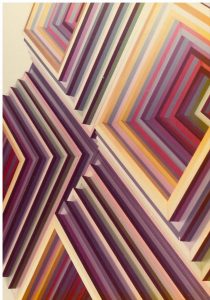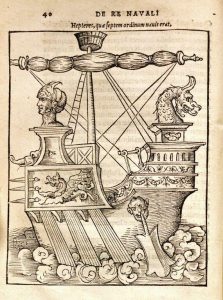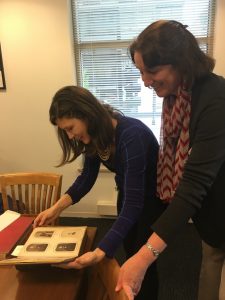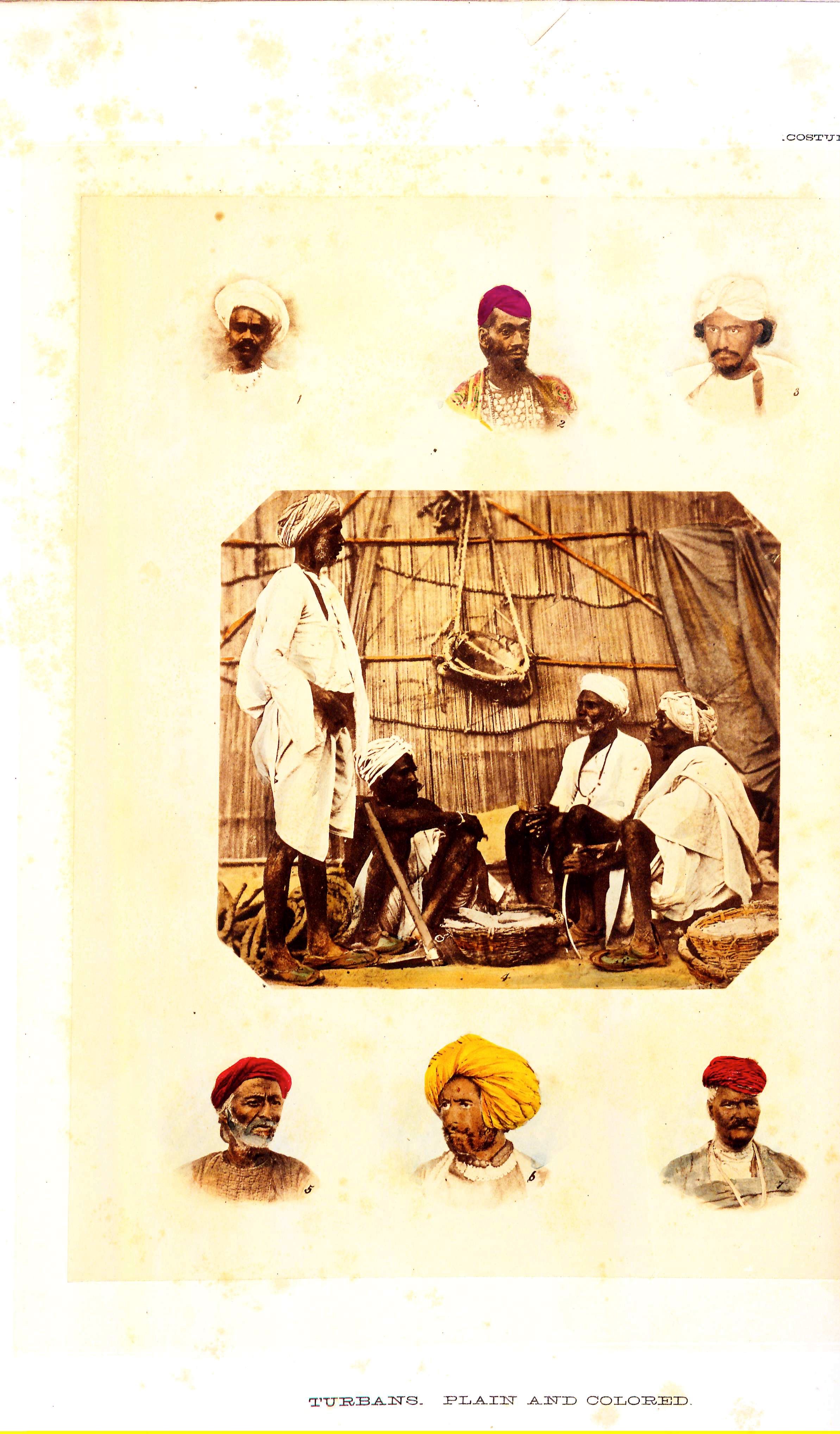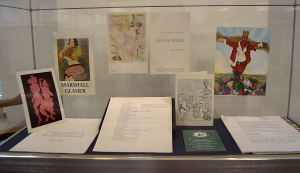
In conjunction with the recently opened exhibition “Igniting Artistic Consciousness: Ephemera of Twentieth Century Instructors of the Art Students League of New York” produced by Michelle Ibarra at the American Art and Portrait Gallery (AA/PG) Library, the blog has been exploring themes and artists featured in the exhibit, which will be on display through December 2017. Interested in the Art Students League and participating in Wikipedia? Join us for the Art Students League Archive Edit-a-thon in our library on September 29th.


